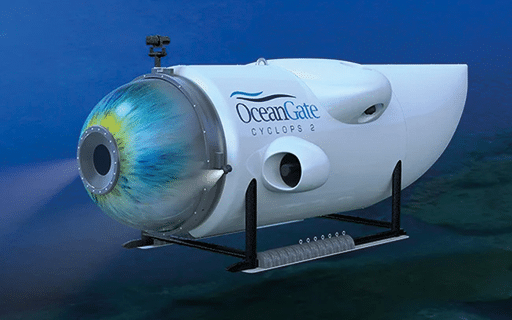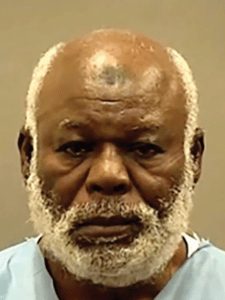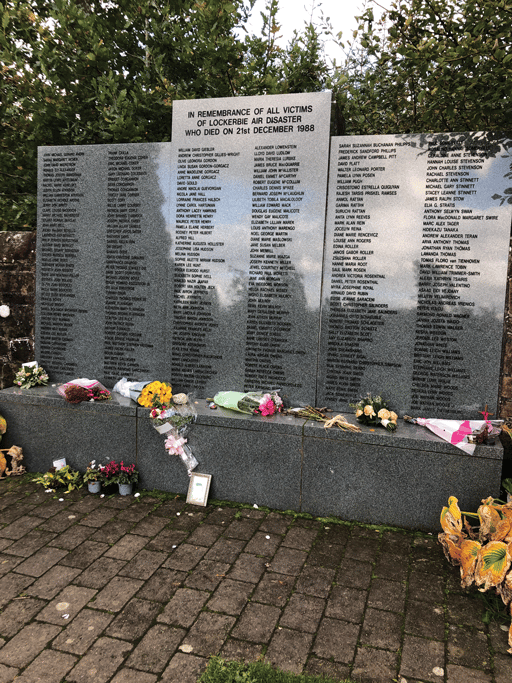This issue of TSI is chock full of helpful information and insight to assist you in the shared goal of safe, secure travel. Let me highlight a few stories.
First, we are excited to welcome back former editor of our predecessor publication ASI, Philip Baum, who has returned to this issue with an incredibly insightful and nuanced look at the Israel-Gaza war and how that is impacting travel. As Baum states so well, the aviation community is faced with challenges as people with divergent viewpoints about this highly emotive conflict are now thrown together, side-by-side either as passengers traveling or security professionals tasked with sleuthing out those with possible nefarious intent.
He also points out that airport-based protests, aggressive behavior, blatant Islamophobia and antisemitism and more, are happening with increasing frequency around the globe at many airports. Baum says it best when he states, “The reality is that we face a challenge of two peoples with legitimate concerns about their security and, indeed, very existence.”
There are no easy answers to these problems that have been going on for such a very long time with many nuances and subtleties. It will continue to create a heightened need for vigilance and caution, especially in that region but also across the world. In spite of these challenges, I recently said to my neighbor about the conflict, there is always hope for a better world.
We have a related feature story on mass evacuations. The large-scale movement of Palestinians away from Israeli troops advancing into Gaza is just the latest of many mass evacuations. Others include those in Syria, the Tigray region of Ethiopia, Myanmar, Afghanistan, Yemen and Venezuela, to name just a few of the more recent ones.
As writer James Careless says, “The circumstances in which both individual and mass evacuations occur are central to what makes them so risky … people are only leaving because they see no other way to protect themselves and their families in their homes, due to the conflict, violence and chaos raging around them. It is this trifecta of danger from hostile players that makes these evacuations so dangerous, and security of paramount importance …”
Careless looks at documents from the Norwegian Refugee Council and United Nations High Commissioner for Refugees (UNHCR) as well as info from the security experts at Osprey Flight Solutions to learn best practices and strategies.
We also take a look at drone countermeasures in another of our feature stories. Drone usage is increasing rapidly, whether for military, commercial or personal use. These aircraft come in various shapes and sizes and can create hazards to other aircraft, potentially severely damaging them if encountered.
We reached out to two top experts in the counter-drone technology market, Jeffrey Starr of D-Fend Solutions and Leo McCloskey with Echodyne, to learn about how each of their companies can assist in keeping the drone threat at bay.
And lastly, we have a feature on insider threats — a topic we have been covering a lot recently. Why? Because there are few things in aviation that evoke greater worry than the possibility that a pilot could deliberately crash an aircraft. One notorious case of this is the Germanwings Flight 9525 in 2015. One hundred and fifty people were killed in that accident when the first officer locked the captain out of the cockpit and flew the aircraft into a mountain.
More recently, we have just seen Alaska Airlines pilot Joe Emerson, 44, try to shut down the engines of the aircraft he was riding in the jump seat of. The quick-thinking pilots were able to prevent the engines from being shut down. Emerson was subdued by the crew and arrested. The outcome of this situation could have been so much worse. Emerson has stated that he was under emotional distress and had taken illegal substances 48 hours prior to being on the jump seat. He was clearly having some kind of mental breakdown.
Pilot mental health is surely one of the last taboo subjects for those who operate aircraft but, in my opinion, it needs to be addressed similarly to the way that operators have addressed pilots with addiction — head-on and without apology. Pilots are human beings, not automatons. More to come on pilot mental health in the new year.
As we close out the 2023 year, all of us here at Transport Security Intl. want to thank you, the security professionals who take on this daunting task, for working diligently to keep the traveling public safe and secure during their travels.
It is a thankless job, often invoking the wrath of travelers who must submit to numerous security checks, being asked to partially disrobe and occasionally being touched and probed by security officers, being stopped at checkpoints, borders and crossings and generally slowed down (albeit briefly) in their quest to get where they are going.
In spite of the angry, bothered, annoyed and anxiety-ridden passengers, you — the security professionals in every mode of transport — continue to hold yourselves and your work to the highest standard.
We may never know exactly how many incidents you have thwarted, but from the sheer numbers of firearms, knives and other contraband found, we can imagine.
So, for all you do, whether it is in the aviation, maritime, rail or road area of transport, thank you for being the frontline, traveler/passenger-facing deterrent to the next possible terrorist attack, unhinged passenger attack, drone incursion, act of piracy on the high seas, cybersecurity breach, rail incident or vehicle ramming attack. I am grateful to each and every one of you and wish you an uneventful and peaceful new year in 2024.












